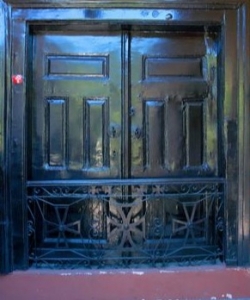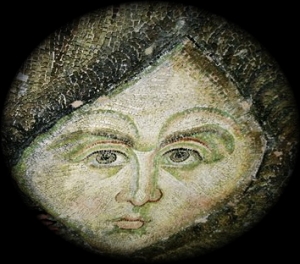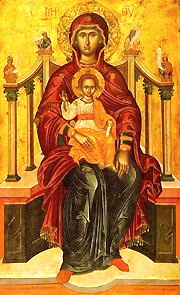
The Holy Theological School of Halki
In the last few weeks, we have heard from various sources that the secular government in Turkey is planning to allow the historic Holy Theological School of the Ecumenical Patriarchate, located on the island of Halki, to open, again. The Monastery of the Holy Trinity on Halki was founded during Byzantine period. The establishment of the monastery can be traced back to St. Photios the Great, Patriarch of Constantinople, (858–861 and 878–886). The Halki seminary was founded by Patriarch Germanos IV in 1844 at the monastery. It was intended to supply priests for the Ottoman Empire’s Greek minority, it expanded and grew in size and facilities. Set amid cool pines and palm trees, the seminary has the high ceilings, wide halls and well-worn wooden desks of schools built before computers and air conditioning; but this celebrated school has trained generations of scholars, priests and its graduates became bishops and future patriarchs. As a reaction to the Cypriot/Turkish/Greek crisis, the School was closed by the Turkish officials in 1971. For over thirty-five years, this violation of international law has caused great distress and generated calls for the reopening of the School by government, religious, academic and civic leaders across the world. In a past Reuters’ article, this comment was made on the closure: “We have not lost hope, despite the broken promises, because a person only lives as long as he has hope. Even on his deathbed, he resists the end,” His Eminence Metropolitan Apostolos (Daniilidis) of Moschonissia, Halki’s abbot, said from his office atop the “Hill of Hope” on Heybeliada (Halki). Perhaps, the moment we have hoped for has arrived! Hope for the historic step was generated by statements from Turkish officials. “The Halki seminary on the island of Heybeliada is to be reopened,” Culture Minister Ertuğrul Günay said, and adding that they are searching for a formula to integrate the Orthodox theological school into Turkey’s university system. “Although we have not finalized a decision in the Cabinet, my personal impression is that we are going to open the seminary,” said Günay, speaking on Kanal 24 television over [last] the weekend. This was not the first time a statement with the same tenor has been made by Turkish officials in the last few weeks.

The Holy Trinity Chapel and the School
The need for Halki is beyond question. Yes, there are good Orthodox Theological schools elsewhere in the world. Students will attend these schools and get a good education to serve their local churches. In my opinion, the need for Halki centres on two loci. One, the Patriarchate needs trained clergy and scholars. These men and women, (yes, I believe Halki should train women theologians) should be prepared and educated, at the very highest level, with an international vision, which focuses on the needs of an international Orthodoxy for the future. In this world of mass media, global communications, and instantaneous change; the Phanar needs to train its own “specialists” in an academic environment that it designs and controls. This prerequisite makes the design of the curriculum critical. Yes, students should receive the treasury (parakatatheki) of Tradition, but this must be transmitted with the tools of the twenty-first century. Additionally, the perspective of the “needs” of the Patriarchate are not the focus of any institution; Halki would provide this frame of reference. The School would also be a fount of post graduate and exchange student training. These students would come to Turkey from all over the world. Furthermore, the requirements of Turkish law make the training of clergy in Turkey imperative. Without this source of clergy and future hierarchy, the Patriarchate is slowly strangled, it withers and dies.
Turkey’s Prime Minister Tayyip Redone needs to be encouraged and thanked for his courageous stance. We pray that this step occurs quickly. The world community would, no doubt, look favourably on a government which corrects the errors of the past and looks to the future.
]]>






